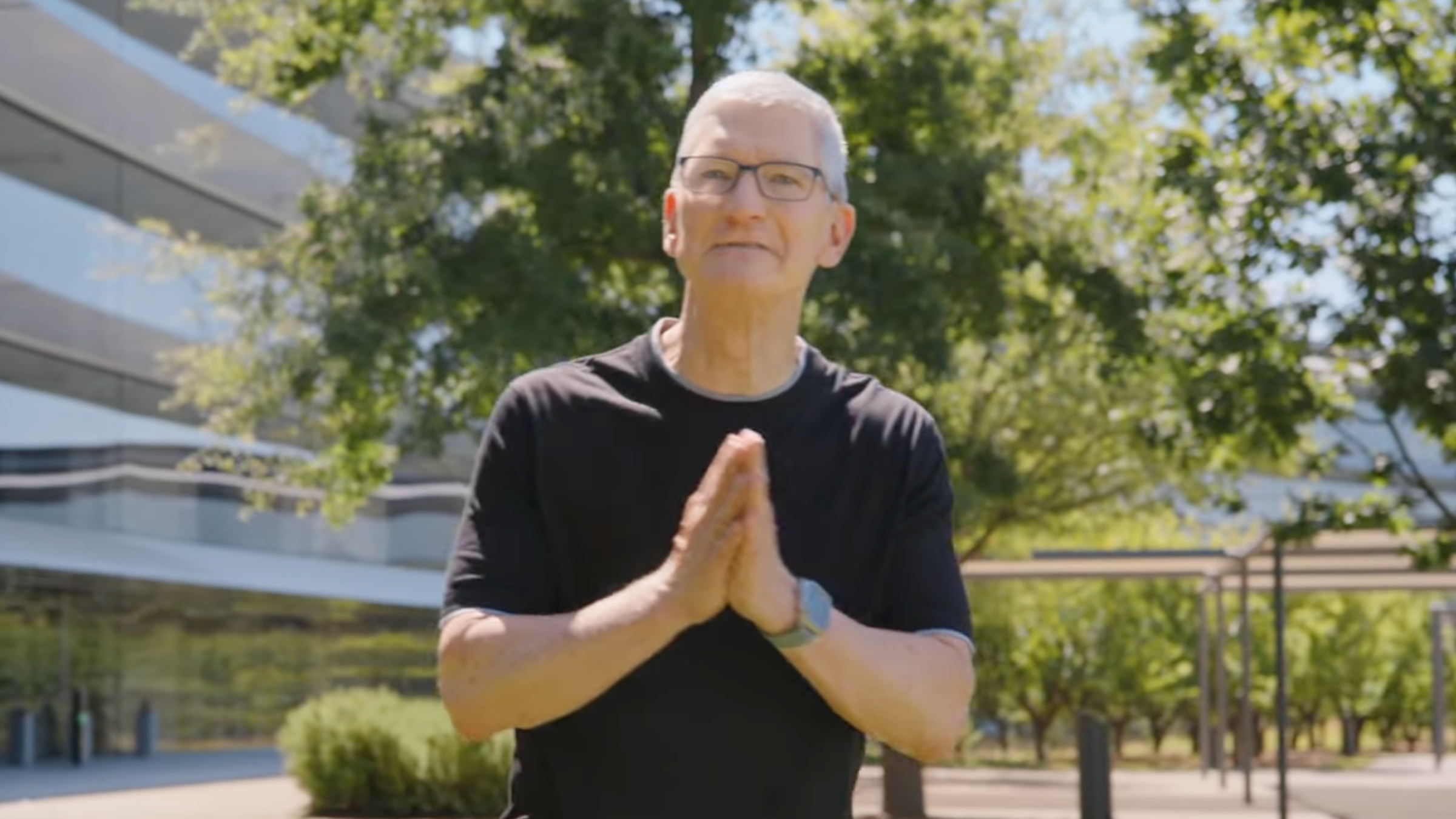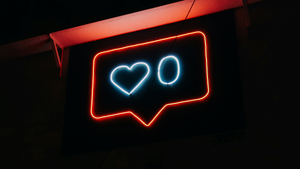On Tuesday, Apple held its annual event to unveil the latest iPhone and Apple Watch models, and as usual, the changes were pretty minor. On the phone, the cameras are better, the screens are brighter, there are some new software features, and the phones now have USB-C — because the Europeans are forcing the company to adopt it. But all in all, there’s not much reason for people to upgrade.
iPhone sales have been stagnating for years, and that’s part of the reason Apple has been pushing up prices and introduced a premium (and more costly) tier of phones in 2017. They need to keep showing revenue and profit growth, even if they can’t show growth in unit sales. Since a new smartphone paradigm isn’t on the horizon, the company needs to tell a story it hopes will grip people and convince them to open their wallets.
If we want to boil it down, the new line from the company is that the iPhone will save your life, while saving the planet. Tuesday’s keynote kicked off with an ad showing a series of people from around the world preparing to celebrate their birthdays while surrounded by friends and family. As they were about to blow out the candles on their cakes, text appeared on the screen explaining how each one had their lives “saved” by Apple products.
Apple Watches were credited with detecting heart problems, while Emergency SOS in iPhones was said to have alerted rescuers when people were outside cell network range. The message was simple: the iPhone and Watch aren’t just how you get access to a ton of apps and keep in contact with people you care about; it may just extend the days you have to spend with them too.
But that still leaves a major concern of at least some customers unaddressed: as we become more aware of the environmental toll of our gadgets, does it make sense to upgrade in order to get access to those potentially life-saving features? Well, Apple wants you to know it has that covered too.
Partway through the event, another ad started rolling. Top executives at the company, including CEO Tim Cook, were gathered around a conference table clearly worried about something. The table started shaking, and once it subsided Oscar-winning actress (and star of Truth Be Told on Apple TV+) Octavia Spencer sat at the end of the table, portraying none other than Mother Nature herself.
What followed was several minutes of Apple employees explaining how the company was working to get its carbon footprint to net-zero by 2030 and even giving themselves a pat on the back for being ahead of schedule on certain targets. The ad is truly cringeworthy and includes the reveal of the company’s supposedly “carbon neutral” Apple Watches, but the message is clear: you can buy as many Apple products as you want without feeling a tinge of climate guilt, because the company cares (and Mother Nature approves).
But that isn’t really true. As outlines, Apple’s claims of carbon neutrality rely on emissions offsets that are coming under growing scrutiny for not really delivering the emissions reductions that are claimed. They allow companies to say they’re reducing their emissions without actually doing the hard work of overhauling their operations. As I explained in 2021, Apple’s offset partners don’t have the most stellar record and have been involved deceptive offset projects. It’s hard to trust their claims.
I don’t want to suggest Apple hasn’t been doing anything. Its use of renewable energy and recycled metals are steps in the right direction, but they’re not nearly enough. In order to truly be environmentally conscious the entire premise of Apple’s business would have to change. It’s simply not aligned with climate goals to try to get people to replace their electronics every year or two, regardless of whether they’re partially recycled or made in factories powered by renewable energy.
Apple releases new iPhone and Watch models every single year, even though they don’t have big new changes to make. They do it not because it’s technically necessary, but because it’s a way to entice people to buy more products and that keeps shareholders happy. What if Apple waited two or three years — or even longer — between new models, when it could actually deliver a series of new features that actually made a refresh worthwhile? That would be bad news for shareholders, who expect annual revenue and profit growth. Apple has also long fought repairability, and has only recently been starting to give in, recognizing the Right to Repair movement has momentum and political support.
Apple isn’t saving the world, but I’m also not convinced it’s saving our lives. This narrative finds its roots in the health push the company made when it realized the Watch was better framed as a health and fitness device than a fashion accessory, as designer Jony Ive was more interested in. But studies have found that tracking your activity doesn’t actually make much long-term difference, and can even have drawbacks that make physical activity feel like more work.
I’m also struck by the image Apple wants us to see about its devices, compared to the one it hides from its sleek presentations. In the birthday-themed ad, it shows middle-class people around the world who can afford premium Apple devices being protected by the piece of glass and metal on their wrists or in their pockets. Would those people have survived even if they didn’t have their device? It’s hard to prove, but I’d assume at least some of them would have.
Yet, while that’s the image Apple is selling its customers, it’s hard not to think of the lives linked to its devices that Apple doesn’t care so much about. We can all remember the story of the suicide nets at the Foxconn factories in China where workers were literally jumping to their deaths instead of assembling more Apple products because of how poorly they were treated.
Apple is now pivoting its supply chain to India to diversify in the face of US-China tensions, yet workers there have also had issues with the company’s suppliers. In 2020, workers at a Wistron factory making iPhones caused $7 million in damage after not being paid for three months. Apple has also been sued over the use of child labor in its mineral supply chain, and reportedly knew a supplier was using child labor for three years before cutting ties. Even back in the United States, Apple is refusing to fairly bargain with the first union formed at one of its incredibly lucrative stores.
Great PR and marketing has always been central to the Apple brand. In the face of stagnating sales and a lack of groundbreaking new products, it’s turning to that competency to convince customers of the need to keep buying its devices. It can no longer sell the usefulness of major new features, so it needs to make grander claims for people to feel a new phone isn’t just going to get them a better camera, but might actually help them avoid death or mitigate their environmental footprint. Yet, as is usually the case with sleek marketing campaigns, the reality is quite different from what the company is trying to sell you.





Member discussion